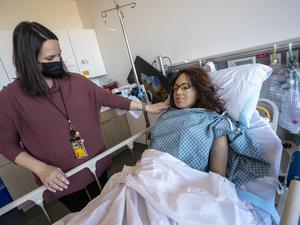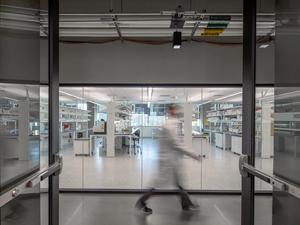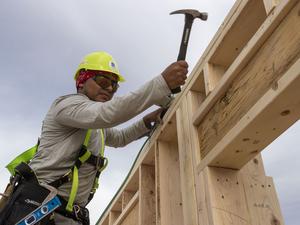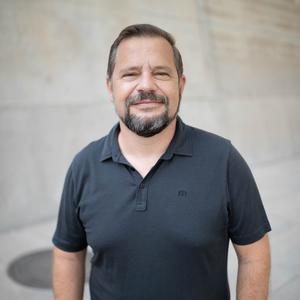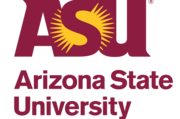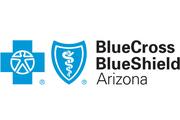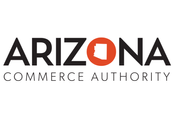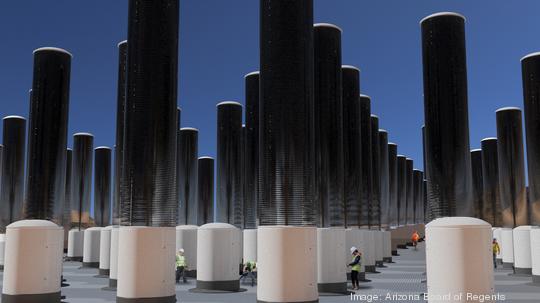
At a time when Arizona's economic growth is generating record levels of sales tax income, the state's three public universities are using millions of dollars to spur innovations.
The Arizona Board of Regents Technology and Research Initiative Fund — which was established through Proposition 301 in 2001 to increase the state's sales taxes for education — is projected to receive $122.5 million in fiscal year 2022, up from $112.3 million in the previous fiscal year.
ABOR Chair-Elect Fred DuVal told the Business Journal that the TRIF fund is the most significant high-wage strategic investment ever made by the state of Arizona.
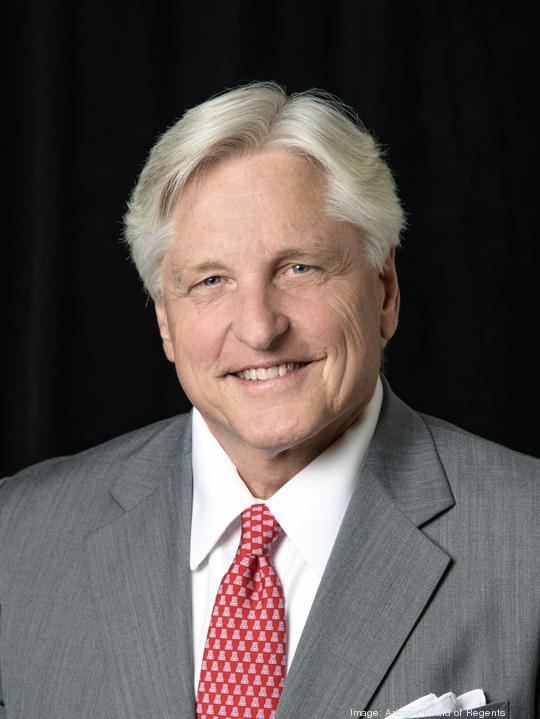
As a result of this funding, ABOR is kicking off a variety of new research strategies focusing on improving health; water, environment and energy solutions; national security systems; space exploration and optical solutions; and workforce development.
"This is the way we think: What are the things we can do to touch the lives of everybody; that's what we're doing with this money," said DuVal, who chairs the Research Health Sciences Committee and is a member of ABOR's audit committee. "How do we make Arizona economically competitive and improve Arizonans' lives with university research?"
It's all about creating the next economy, he said.
"How do we create the new innovations, the new ideas, the new products, the new things the world wants?" DuVal said. "That's the only competitive strategy for a high-wage economy to increase wages — more innovation."
DuVal said he likes to do the "Circle K test" to gauge how these programs are impacting everyday lives.
"I want to be able to turn to the guy who is behind me in line at Circle K buying his coffee and ask me, 'Regent DuVal, what are you doing for me?" DuVal said. "I want to say, 'We're going to be working to figure out a heart monitor for you that will go on your wrist. We are looking to solve Alzheimer's for your dad or we're looking into opportunities to find new ways of growing trees that reduces fire retardant qualities, so your cabin in Pinetop is less likely to burn down.' It's their money. What's the benefit to them? That's what we're doing with this money."

